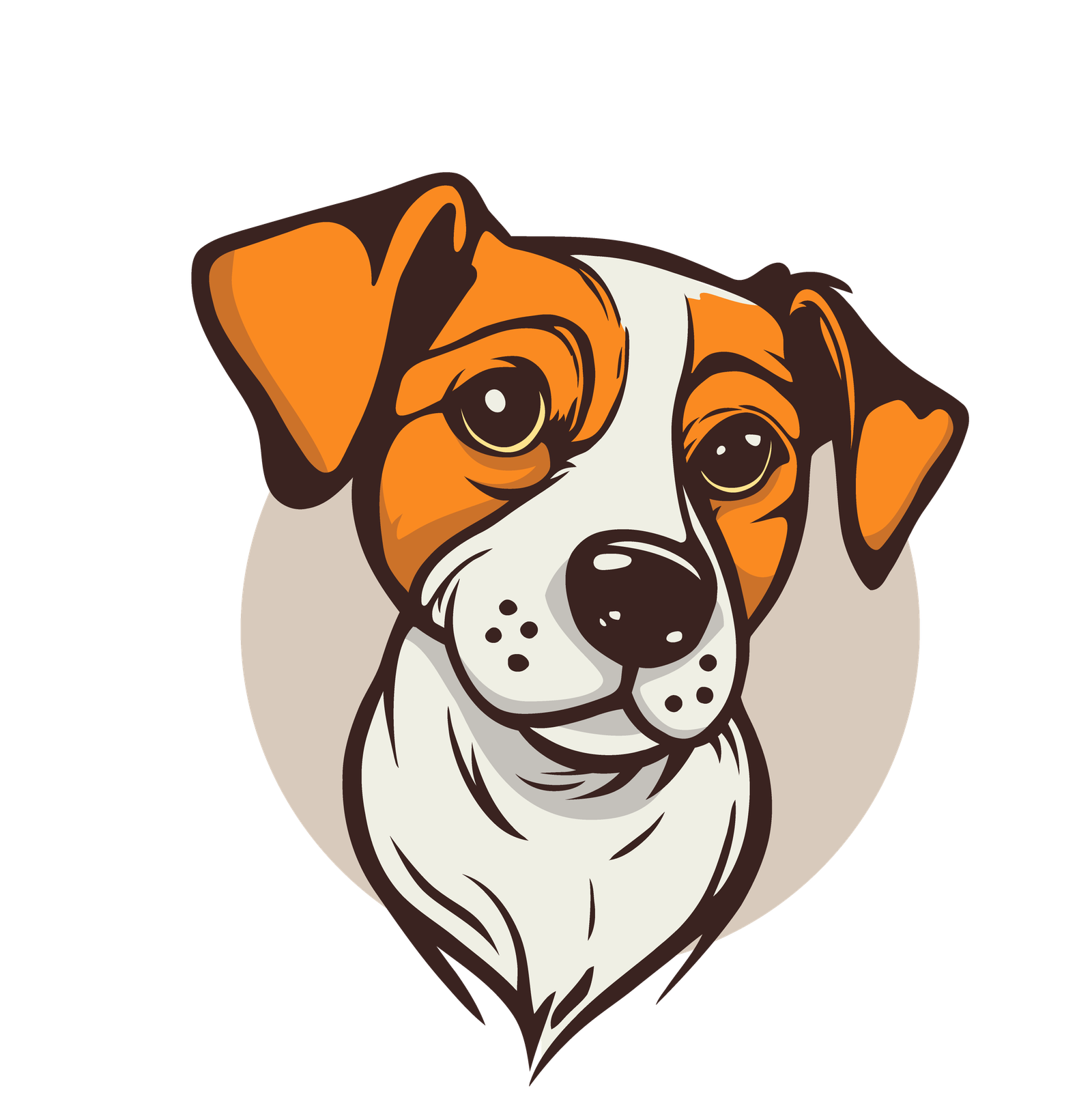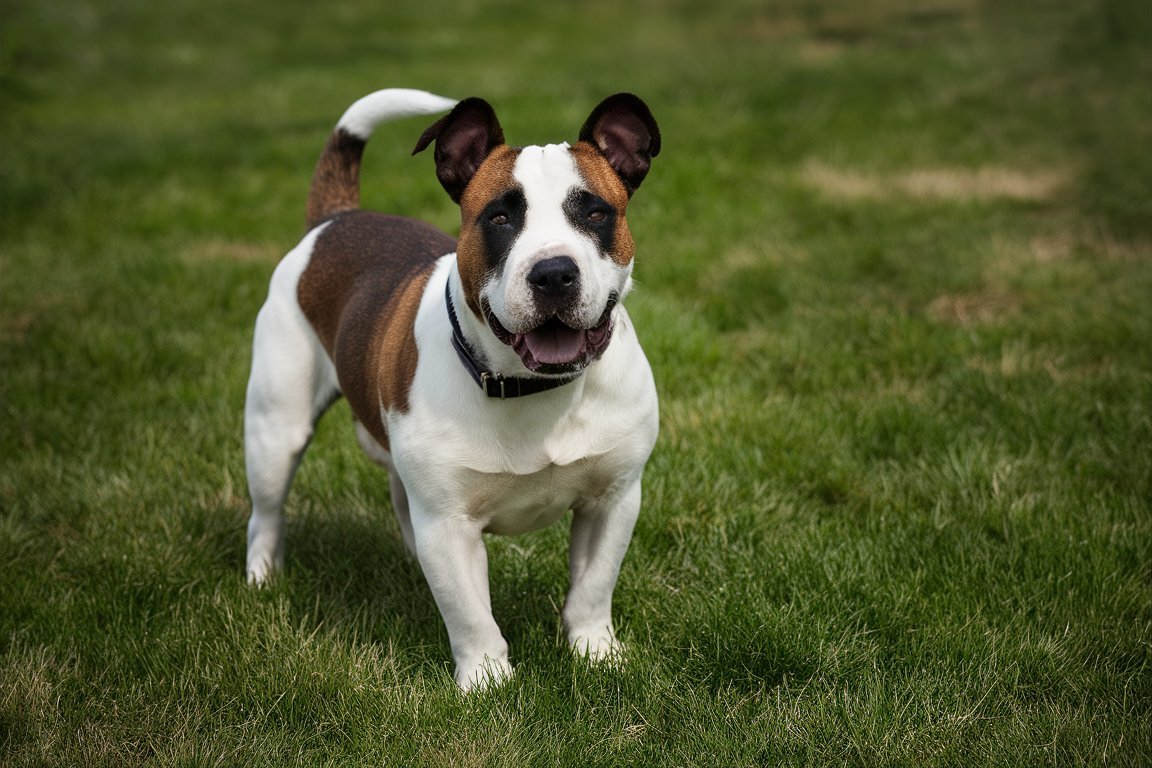Hello! As an expert in dog behavior and health, I’m thrilled to share valuable insights into understanding and caring for your canine companion. In this guide, we’ll explore key aspects of dog behavior, effective training methods, and essential health tips. Whether you’re new to dog ownership or looking to deepen your knowledge, this guide will help you foster a happy and healthy relationship with your furry friend.
What the Heckin Dog: A Comprehensive Guide to Understanding and Embracing Your Canine Companion
What the heckin dog? If you’ve ever found yourself asking this question, you’re not alone. Whether you’re a seasoned dog owner or considering bringing a furry friend into your life for the first time, understanding what goes on in your dog’s mind is crucial for building a strong bond and providing the best care possible.
The Joys and Challenges of Owning a Dog
Dogs are often called “man’s best friend,” and for good reason. They’re loyal, loving, and often downright hilarious. But as any dog owner will tell you, they can also be a handful. From chewing up your favorite shoes to barking at the mailman as if their life depends on it, dogs certainly know how to keep things interesting.
Why Do Dogs Behave the Way They Do? The truth is, dogs are complex creatures with their own personalities, quirks, and needs. Understanding these can make all the difference in your relationship with your pup.
Understanding Dog Behavior
Let’s start with the basics: why do dogs act the way they do? Dogs have been our companions for thousands of years, evolving from wolves to the diverse breeds we know today. Despite their domestication, many of their behaviors are rooted in their wild ancestors.
1. The Importance of Pack Mentality
Dogs are pack animals by nature. In the wild, wolves (their closest relatives) live and hunt in packs, relying on a strict social structure to survive. Even though your dog might be a pampered pet, this pack mentality still plays a significant role in their behavior. They see you and your family as their pack, which explains why they’re so eager to please and protect you.
- Training Tip: Establish yourself as the pack leader through consistent, positive reinforcement training. This will help your dog feel secure and more likely to follow your lead.
2. Communication Through Body Language
Dogs can’t talk, but they sure can communicate. Understanding your dog’s body language can give you valuable insights into what they’re thinking and feeling. For instance, a wagging tail often signals happiness, but did you know that the height and speed of the wag can convey different emotions? A slow, low wag might indicate insecurity, while a high, fast wag shows excitement.
- Pro Tip: Always observe the whole body, not just the tail, to get a clear picture of your dog’s mood.
3. The Power of Scent
Dogs experience the world largely through their noses. Scent is their primary sense, and they can pick up on smells that are far beyond our human capabilities. This is why your dog might seem obsessed with sniffing every blade of grass on a walk – they’re gathering information about the world around them.
- Fun Fact: A dog’s sense of smell is up to 100,000 times more sensitive than ours!
Building a Strong Relationship with Your Dog
Now that we’ve covered some basics of dog behavior, let’s talk about how to build a strong, positive relationship with your dog. Whether you’re dealing with a brand-new puppy or an older rescue, these steps will help you create a bond that lasts a lifetime.
1. Start with Positive Reinforcement
Positive reinforcement is the key to training your dog effectively. This means rewarding good behavior with treats, praise, or playtime, rather than punishing bad behavior. For example, if your dog sits on command, give them a treat immediately. This will help them associate the action with something positive.
- Link to Training Resource: Learn more about positive reinforcement training.
2. Socialization is Key
Socializing your dog with other dogs, people, and environments is crucial for their development. A well-socialized dog is more likely to be confident and well-behaved in a variety of situations. Start socialization early, and make sure every new experience is positive.
- Link to Socialization Tips: Explore tips for socializing your dog.
3. Consistency is Crucial
Dogs thrive on routine and consistency. Set clear rules and stick to them. For example, if you don’t want your dog on the furniture, don’t make exceptions. Mixed signals can confuse your dog and make training more difficult.
- Link to Training Consistency: Why consistency matters in dog training.
Common Challenges and How to Overcome Them
Even with the best training, dog ownership comes with challenges. Let’s address some common issues and how to handle them.
1. Separation Anxiety
Separation anxiety is a common problem, especially in dogs that are particularly attached to their owners. Signs include excessive barking, destructive behavior, and even attempts to escape when left alone.
- Solution: Gradually acclimate your dog to being alone by leaving them for short periods and gradually increasing the time. Provide toys and treats that keep them occupied while you’re gone.
- Link to Managing Separation Anxiety: How to help a dog with separation anxiety.
2. Chewing
Dogs love to chew, but when it’s your shoes or furniture, it’s a problem. Chewing is natural, especially for puppies, but it needs to be directed towards appropriate items.
- Solution: Provide plenty of chew toys and teach your dog what is and isn’t okay to chew. When you catch them chewing something they shouldn’t, redirect them to a toy.
- Link to Understanding Dog Chewing: Why dogs chew and how to manage it.
Conclusion: Embrace the Joy of Dog Ownership
Owning a dog is a journey filled with ups and downs, but the rewards are immeasurable. What the heckin dog, right? With a little understanding, patience, and a lot of love, you can turn those challenges into opportunities for bonding and growth.
So, if you’re ready to bring a dog into your life or deepen the bond with the one you already have, dive in with confidence! Remember, your dog isn’t just a pet – they’re a member of your family.
Why do dogs say heck?
Dogs don’t actually say “heck,” but they do express their feelings through barks, whines, and body language. If it seems like your dog is saying "heck," it might be their way of reacting to something surprising or frustrating in their environment.
What does "heckin" mean?
"Heckin" is a playful, informal way of saying "hecking" or "heck." It’s often used to add emphasis in a humorous or affectionate manner, particularly online.
What does heckin doggo mean?
"Heckin' doggo" is a playful, informal way to refer to a dog. "Heckin'" is a fun variation of "hecking," used to emphasize how adorable or amazing a dog is. So, it’s a cute way of saying "really great dog" or "super cute dog."
What does Heck mean for dogs?
In the context of dogs, "heck" is a playful or humorous substitute for a stronger expletive, used to express surprise, frustration, or emphasis in a lighthearted way.

